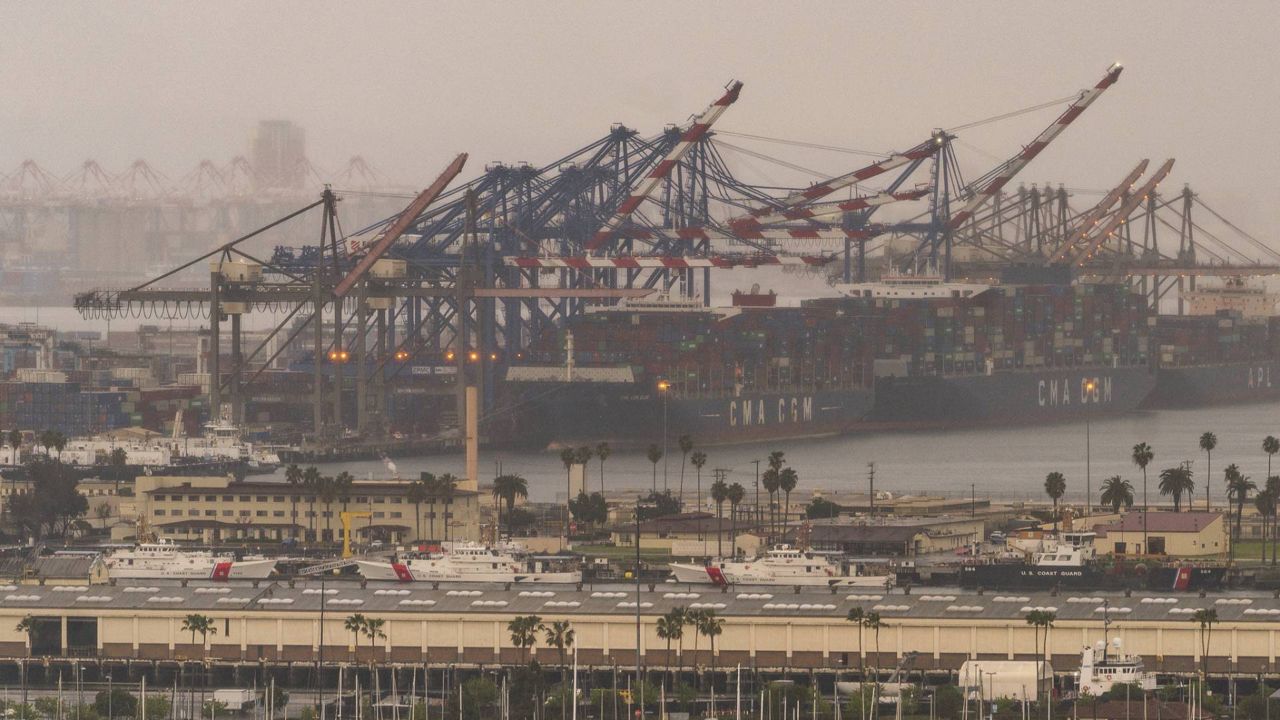LOS ANGELES — As retailers shift from back-to-school and fall fashion items to winter and year-end holiday merchandise, the Port of Los Angeles has some advice: Start your Christmas shopping early.
“The American consumer’s buying strength remains in full force,” said Port of Los Angeles Executive Director Gene Seroka.
In July, the Port of LA moved 4% more container units than it did a year earlier, when imports first began their surge toward historic levels. July was the 12th consecutive month of year-on-year increases, indicating just how sustained the American buying spree has been, Seroka said.
August is likely to continue along the same path. Despite retail sales falling 1.1% in July, the National Retail Federation predicts this month will be the biggest on record for U.S. imports. And the cargo forecast heading into what has historically been peak season for the port, as retailers prepare for the holidays, will be strong for the rest of the year.
“Heavy volume is headed our way,” said Seroka, noting that this year’s peak will look a lot like the last 12 months at the port, with “unrelenting consumer demand, imports competing for space and empties across the board.”
Already, warehouses are overflowing with merchandise, rail yards are maxed out and available trucks are hard to come by.
Much like earlier in the year, ships are coming into the port and being sent to anchor until they can be emptied. Both the percentage of ships that are sent to anchor and the amount of time they are spending on the water “are trending in the wrong direction,” Seroka said.
About 75% of ships arriving at the port were sent to anchor in July — a 50% increase compared with June. Early August data shows the problem is getting worse, with 90% of arriving vessels headed to a parking space in the water. The amount of time they spend once they get there held steady at about five days in July, but Seroka said that too is increasing.
While imports continue on a high, exports continue to free fall. They were down 28% in July compared with a year earlier, marking the lowest export number the Port of LA has seen since February 2005. The ratio of imports to exports is now more than 5 to 1 — the widest gap in the port’s 114-year history.
“Our largest export commodity continues to be air as we reposition empty containers back to Asia,” Seroka said.



